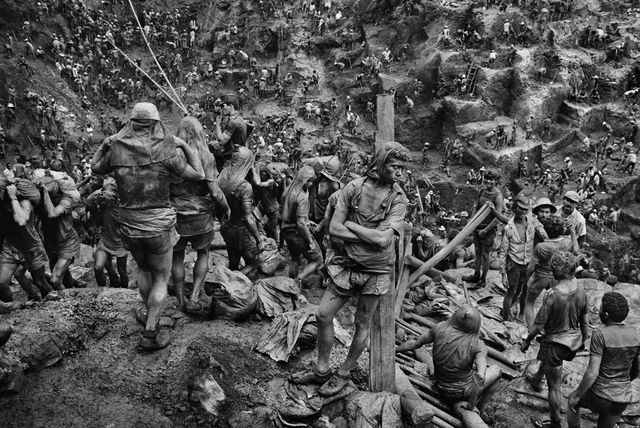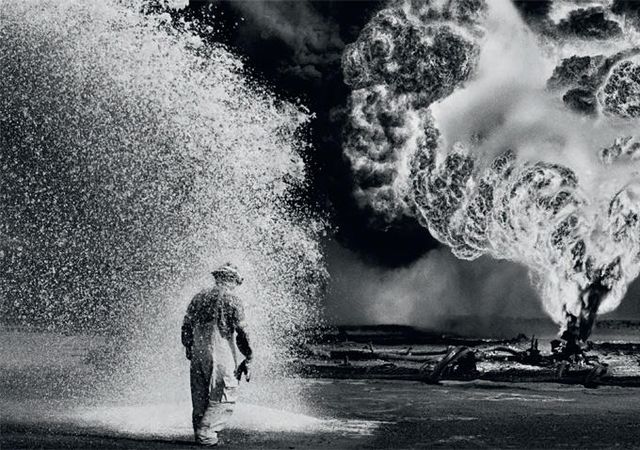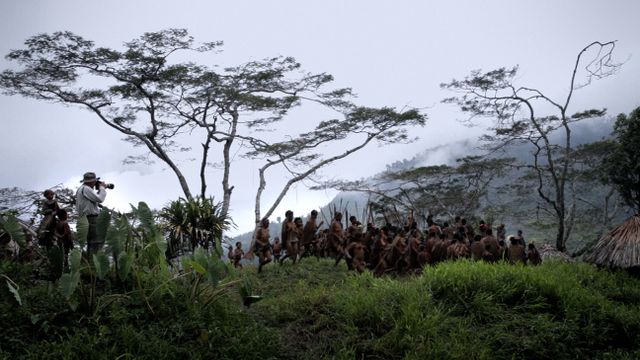Barbara Nimri Aziz
Revisiting a school I know well in Kathmandu city, I meet Tilok just as he and his wife, a school teacher, and their baby are about to depart for Darjeeling, Northeast India where her parents live. This young family is among hundreds of thousands of mainly Kathmandu Valley residents leaving the city to be near loved ones, to be assured that their home villages and uncultivated lands are intact and perhaps to recognize that those fields they abandoned for salaried work in the city and beyond now offer a newly discovered security. As a part-time journalist Pilok has been working overtime filing stories about the quake. But it’s not the quake he’s so eager to speak about. It’s his new magazine “Siti Miti; he proudly gives me a signed copy of the very first issue. It will be monthly, he explains, the first of its kind for the Chamling Rai language, one of Nepal’s 124 recognized languages. Only 10,200 Nepalis speak Chamling Rai and it’s never had a script. Tilok and his group consider this project essential to their ethnic survival and identity; they’ve been hard at work for years to develop the written form and prepare materials for their children’s education. A magazine like this pamphlet in my hand is a political symbol for the Rai people and will, they believe, secure a political place for them in the new democratic mix here. Tilok is thinking well beyond the quake, you see.
We went to visit linguistics professor Subadra. At 80 she prefers to live alone in her longtime residence near Kirtipur Campus. On Saturday at 11:50 am, when the quake struck she rushed out of her bungalow seeking safety. She tripped and now lies in a cot with a broken pelvic bone. Friends gather around her bed today sharing anecdotes from each of their neighborhoods—not only cracked walls and impassable lanes but the absence of any government visitors seeing to their needs. They report conditions of villages whose names I once knew well.
The assembly courtyard and playgrounds of Sukanya’s school, Amrit, have become a tent city for the entire MehPin neighborhood sleeping under tarpaulins, cooking communal meals. The school luckily had a diesel generator and retrieved it from in storage to furnish light for the area, so essential during those first two scary nights. Like elsewhere across the country, schools will remain closed for some weeks. Amrit’s teachers and students have joined the exodus to natal villages. But Mokta, Sukanya’s granddaughter of 18 months is ill with an unknown ailment and that’s taking her attention away from the quake. She’s been rocking her all though our visit; it’s her first grandchild.
By night four, here and elsewhere, even families who continue to sleep in a garden spend a final hour inside their parlors to watch the latest episode of “Udaan” (flight), the Indian serial drama they have been following for six months. It’s the story of a young girl, 7, Chakour, whose story as a bonded laborer has gripped the entire subcontinent. I wonder if this too is proving a sense of security for families– some continuity (or escape) at a time they so desperately need a sense of connection and routine.
I’m not very good as a deadline journalist reporting from the field; I found out that in Iraq in the 1990s. While dozens of international journalists were busily typing away at the Baghdad Press Center—(pre-cell phone) where we had to go to get satellite access– I took days to mull over what I’d seen, cross check facts, and absorb the personal testimonials I’d gathered before I could write. It’s the same here in Kathmandu where a week ago, the 7.8 scale earthquake struck as I was packing to leave home for Newark International airport.
I gave no thought at all about cancelling, even though my visit was not urgent; I had neither a news assignment nor a humanitarian mission. I thought, “I’ll go as far as the plane will get me”. To be sure, there were inconveniences and delays, but any facing me were eclipsed by those of the Nepalese. Suffice to say the second attempt from Abu Dhabi was successful. My fellow passengers were about 20 journalists and another 20 or so humanitarian aid reps, from Christian evangelicals to Medicine Sans Frontiers. The remaining 200 or so passengers were young Nepalese men (20-30 in age, from among 3 million migrant laborers outside) who’ve taken leave from their unhappy jobs in Qatar, UAE, Saudi Arabia to get home and offer succor to their families.
A larger aircraft had been assigned to carry those of us from yesterday’s two flights unable to land at Tribhuvan Airport in Kathmandu (turned back to UAE), plus a new load of passengers. Somehow the mood seemed more upbeat than yesterday’s; passengers were loquacious, gaily taking photos of themselves in this more upscale aircraft. Tonight after crossing the Indian Ocean and India we’d again join a fleet of planes circling over Kathmandu Valley. But this time our pilot shared some wonderful optimism, announcing at least 3 times, that he expected to get into Nepal: “We have dropped from 28,000 to 24,000 feet;” then later to 18,000 feet, repeating “I expect we will land. I know how to manage”. Many of us in the cabin erupted in laughter and peered through windows looking for the lights of the Nepalese capital.
Within an hour of getting into the terminal I was pleasantly surprised to locate the suitcase I’d surrendered in New Jersey 58 hours earlier, found the sole taxi sitting outside Arrivals and directed its driver –the cost was irrelevant- to Tamel quarter where I was confident I’d find a room. At 10:30pm it was too late to contact Padma and Nirmal with whom I’d planned to stay, or even Dawa Sherpa who I knew would respond to my call at anytime, anywhere. Anyway, I thought, if their houses are intact, they would surely be occupied by crowds of people from their large families. Indeed, as I’d learn in 2 days, Padma and Nirmal were among the hundreds of thousands sleeping outdoors sharing blankets heaped under tarpaulins, in this case in their own garden. Nirmal was also among perhaps millions who by day 2, had lost all the charge from his phone.
My taxi sped through dark, empty streets; we encountered no roadblocks, not even police checkpoints –perhaps all security personnel were seconded to damaged high value areas. The only traffic I saw was a convoy of 4 small trucks loaded with what was probably humanitarian relief. I frankly expected to encounter chasms and fissures in the road, but the driver zipped along as if he knew where was safe and passable. Two hotels –Northfield and Mandep– were in darkness but I knocked anyway; at both places sleepy security guards shooed me away unsympathetically saying: “no beds, no water”. Finally I persuaded the watchman at nearby Dalai Hotel to take me in—he originally apologized that the rooms were dirty and without sheets; I didn’t care (in fact, it was very clean and in the morning, when I awoke at 1 pm, I even found hot water flowing in the shower pipe.)
I emerged into the street at 2, warned by the hotel receptionist to watch for bricks falling! I was only concerned by a sudden feeling of unsteadiness on my feet, a little woozy, like vertigo. It didn’t last long but would recur at odd times for the next several days. I recall Dr. Ammash, a cellular microbiologist in Baghdad in 1995 explaining how the depleted uranium from US munitions and all the dust of war and refuse, alters the molecules in the air—something to do with ions. It would have deep affects on health, she explained. So I wonder if an earthquake too can cause this air molecule destabilization.
I was also reminded of Iraq where, unable to make phone contact in April 1991, after the massive US bombing there, I determinedly directed my taxi to the homes and businesses of Iraqis who I needed news of; now, I find myself walking the familiar streets Kathmandu to confront the calamity engulfing this nation but also to locate the shops of friends. Jamling and Lhakpa’s trekking outfitters shop was shuttered, but I did find the bookseller Bidur behind his counter. Normally I can depend on Bidur to advise me what anthropologists are in town or what new book on Tibet has appeared. This time the mission would be different.




